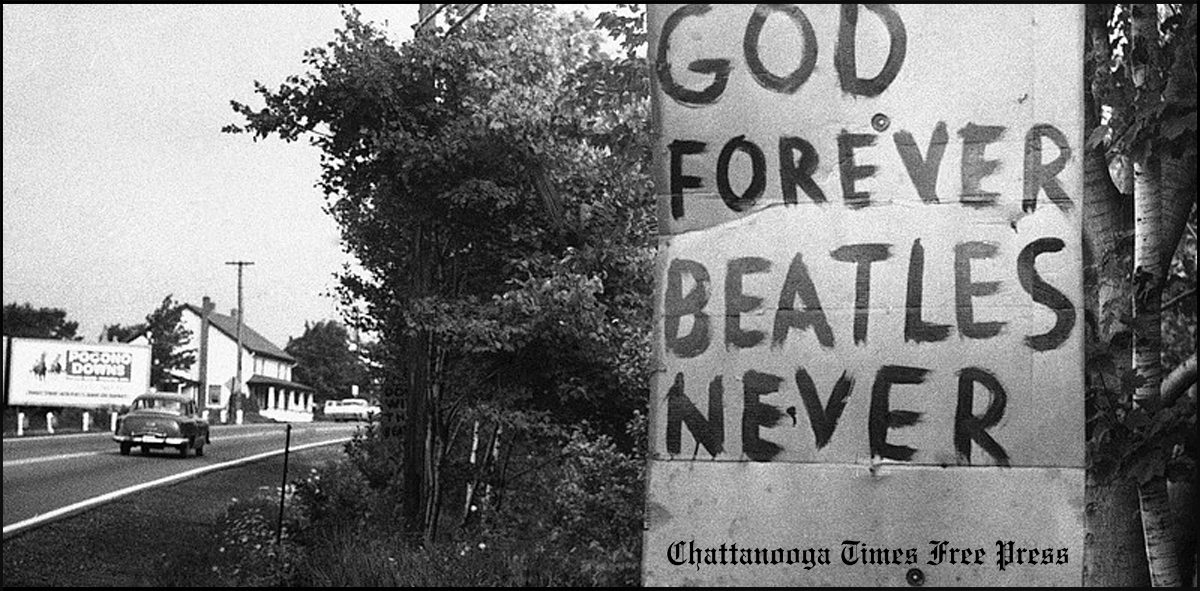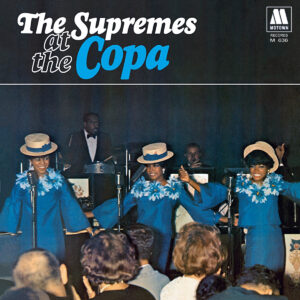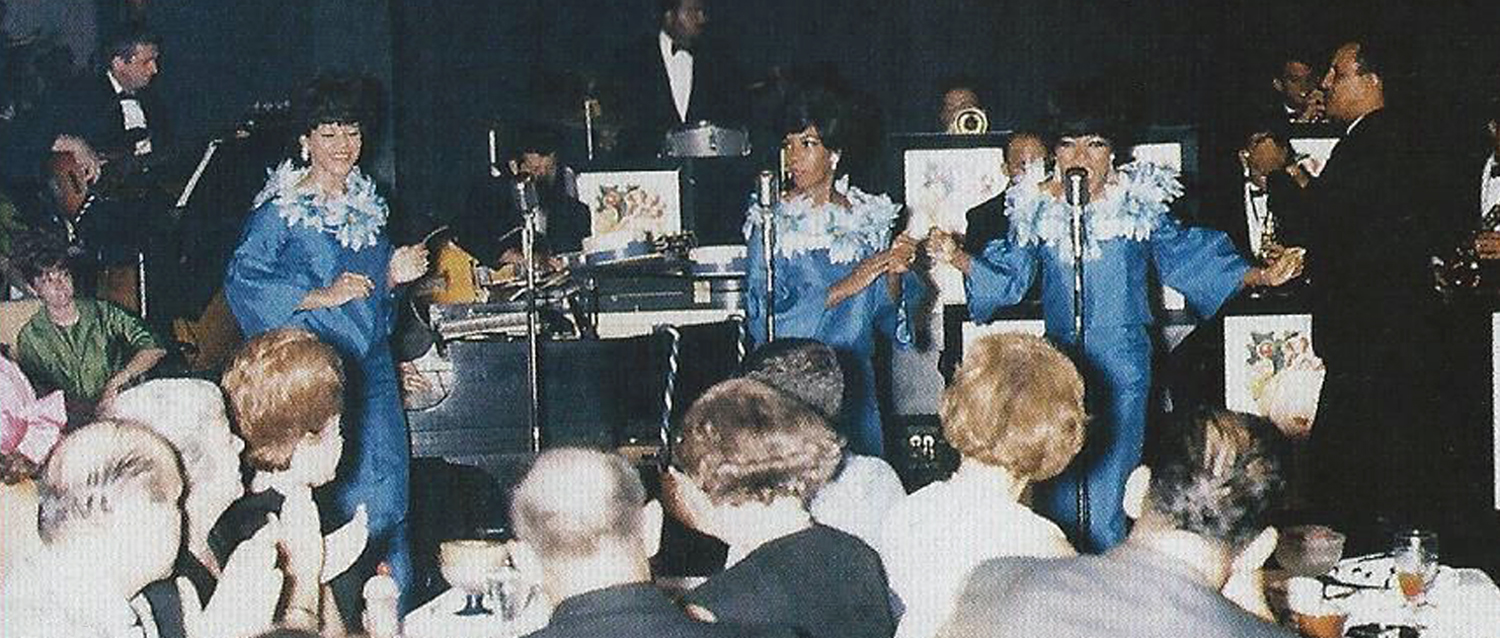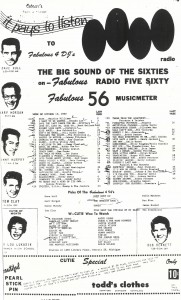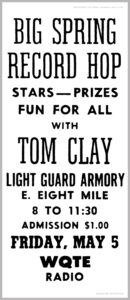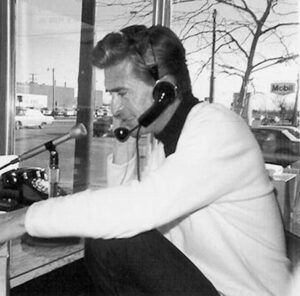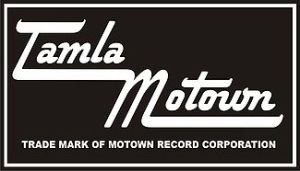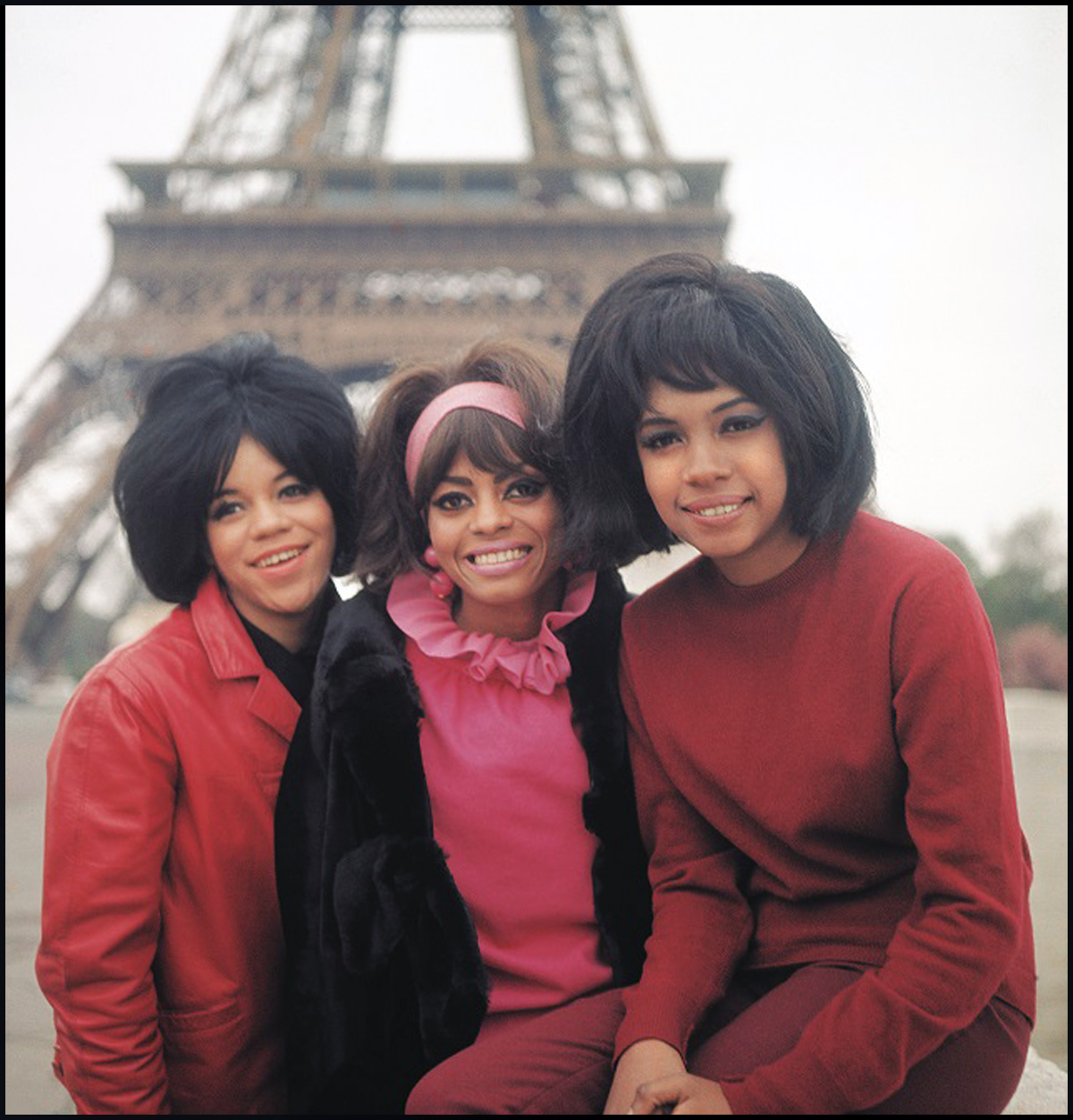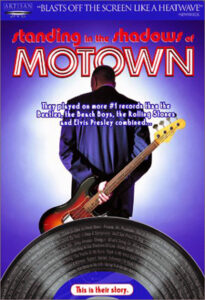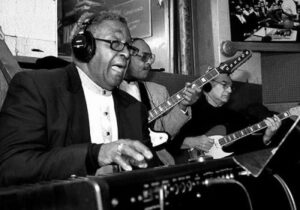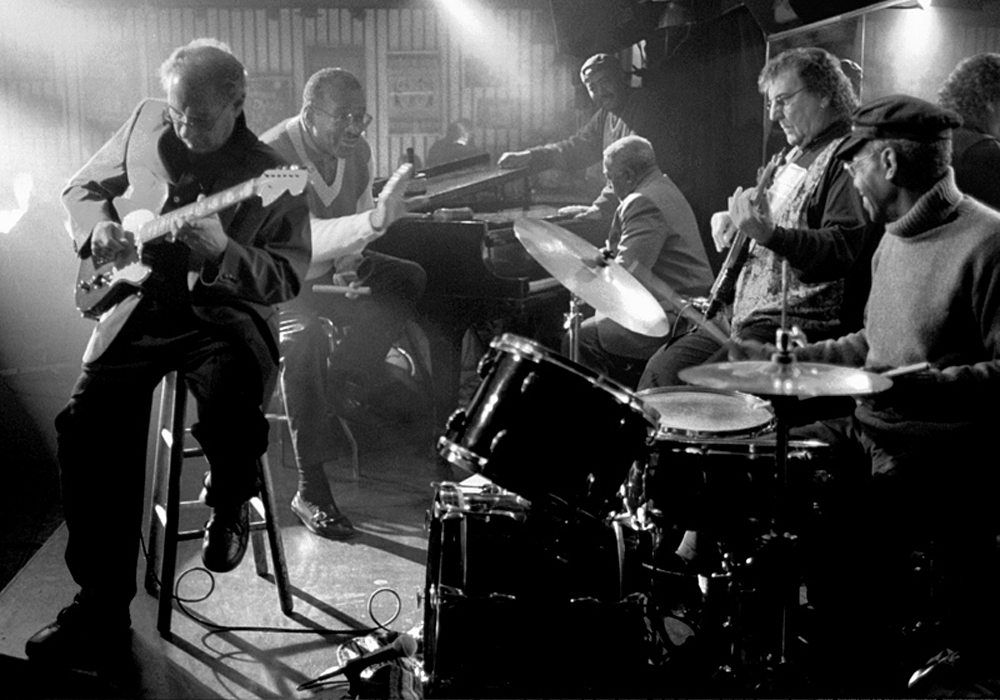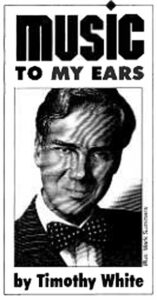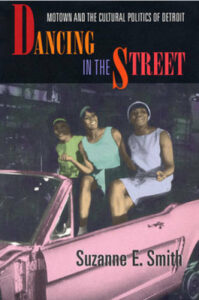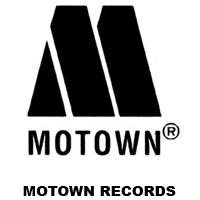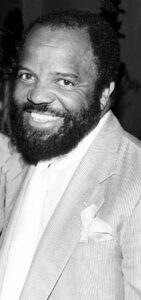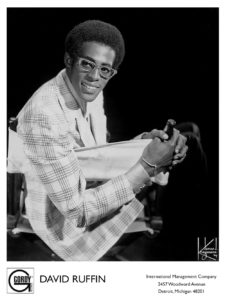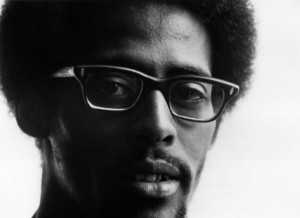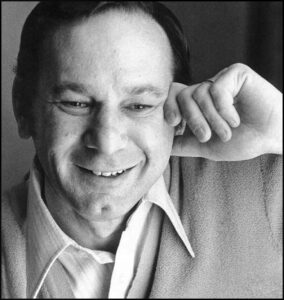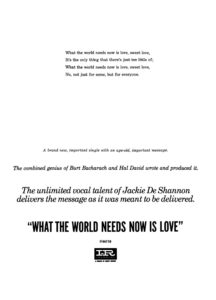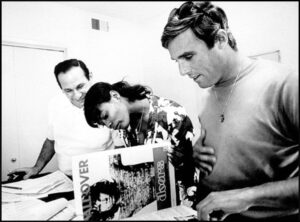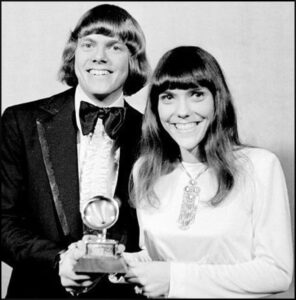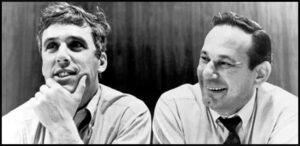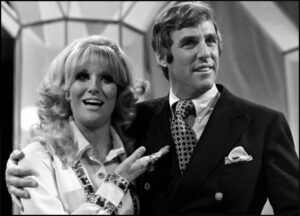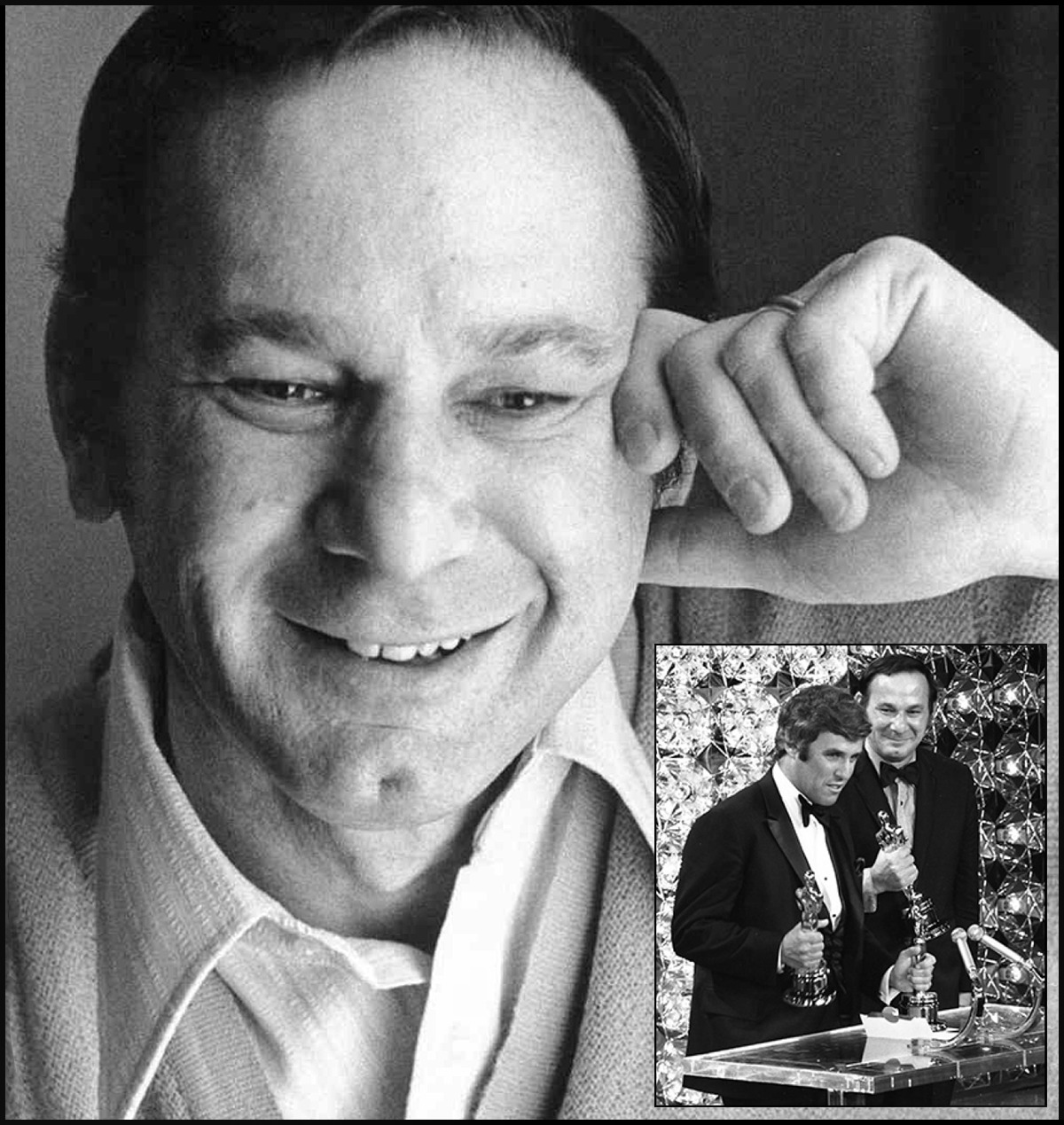 Lennon ‘Christianity’ Comments Uproars Controversy
Lennon ‘Christianity’ Comments Uproars Controversy
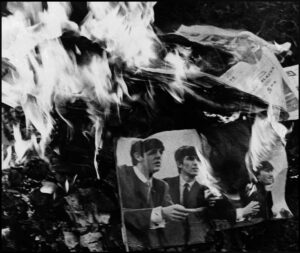 NEW YORK — [August 13, 1966] The radio ban against playing Beatles’ records, which was begun last week by Tommy Charles and Doug Layton, WAQY, Birmingham, Ala., has spread across the country, with dozens of stations refusing to program the British group.
NEW YORK — [August 13, 1966] The radio ban against playing Beatles’ records, which was begun last week by Tommy Charles and Doug Layton, WAQY, Birmingham, Ala., has spread across the country, with dozens of stations refusing to program the British group.
Cause of the controversy is a statement published in a British magazine and attributed to John Lennon. The statement follows: “Christianity will go. It will vanish and shrink. I needn’t argue about that: I’m right and I will be proved right. We’re more popular than Jesus now; I don’t know which will go first, rock ‘n’ roll or Christianity. Jesus was right, but his disciples were thick and ordinary.”
At a press conference held here late Friday (August 5), Brian Epstein, Beatles’ manager, said the statement was taken out of context. Epstein explained that Lennon meant “in the last 50 years the Church of England and, therefore Christ, had suffered a decline in interest.”
While the statement, confirmed by a Beatles’ spokesman, went virtually unnoticed in England, the reaction in this country was immediate.
Greatest impact has been in the so-called “Bible Belt,” which is mainly in the Southeast. But the ban has extended to other sections of the country. New York’s WABC has reportedly put Beatles’ records on the verboten list, but, at press time, the switchboard operator at the station said that not one of the station’s staff members could be reached.
B. J. Williams, disk jockey at KSWO, Lawton, Okla., called for a “Beatles’ bonfire” and broke the Beatles’ latest record while on the air.
In Milwaukee, WOKY music director King Kbornik said he would not ban the record until he had seen Lennon’s remarks in print. The extent of the ban is not known, but a majority of the nation’s radio stations will continue to program Beatles records.
The group is scheduled to play a concert in New York’s Shea Stadium Aug. 23. A spokesman for Capitol Records, which issues Beatles’ records under its logo in the U. S., said Lennon’s remarks were “quoted cut of context and misconstrued.” END
_______________
Credit source information (as published): Billboard, August 13, 1966
 DENVER — [August 12, 1967] KHOW, major Easy Listening format radio station here, is banning songs composed by the Beatles.
DENVER — [August 12, 1967] KHOW, major Easy Listening format radio station here, is banning songs composed by the Beatles.
Hal Davis, general manager, passed down a memo last week instructing personnel “to play no compositions relating to this group. This radio station cannot condone such an attitude” — and referred to trip-taking by one in the group — “and will not give any further air play to songs with which they had any part. Please scratch all tracks on albums and dispose of all single records with music by the Beatles or any member of their group.” END
_______________
 Credit source information (as published): Billboard, August 12, 1967
Credit source information (as published): Billboard, August 12, 1967

![]()
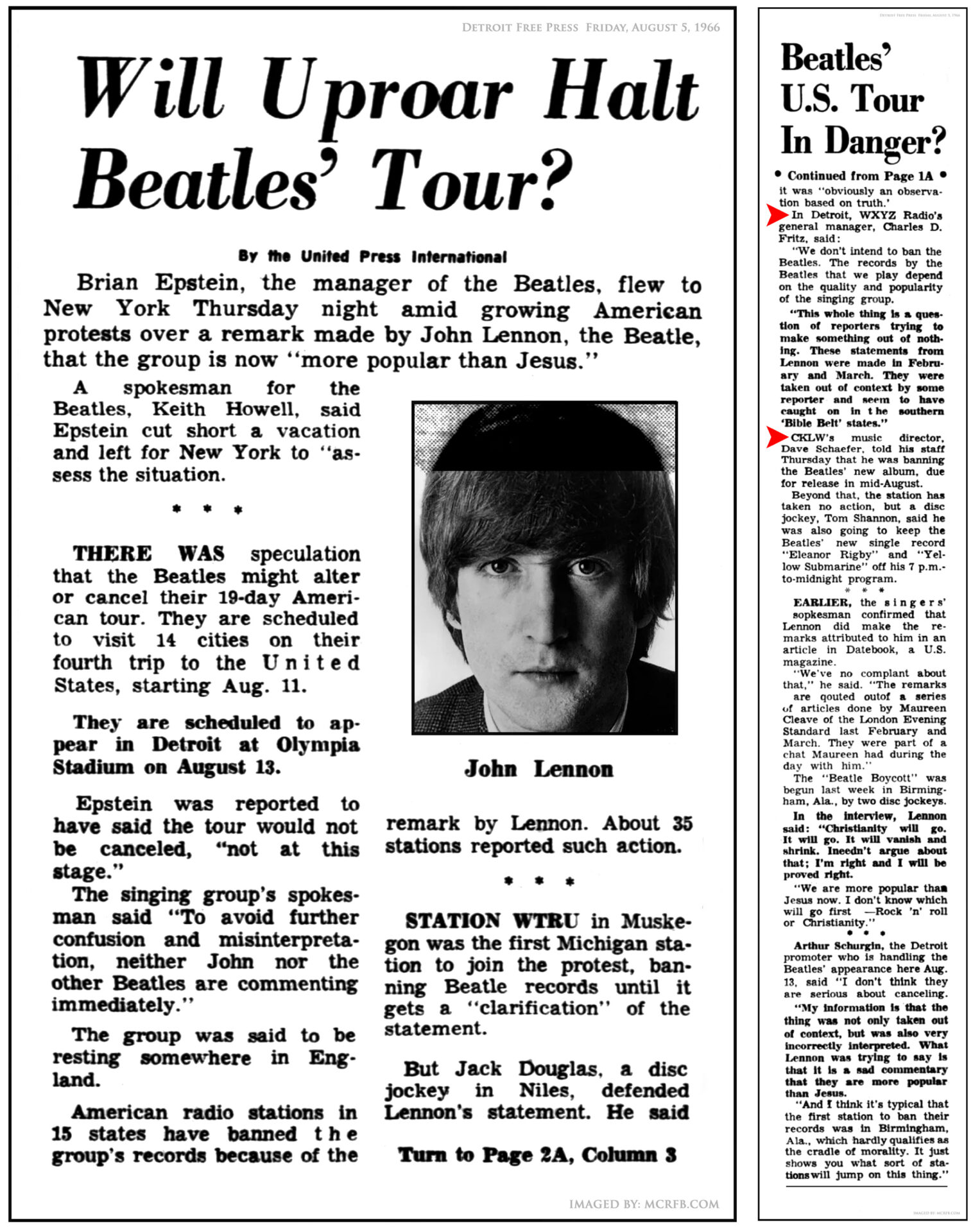
![]()
 A MCRFB Note: In lieu of the Lennon statement and controversy, did any top 40 stations in Detroit participated in banning Beatles’ record play? We marked two references (with red arrows) in the featured Detroit Free Press column, on the right.
A MCRFB Note: In lieu of the Lennon statement and controversy, did any top 40 stations in Detroit participated in banning Beatles’ record play? We marked two references (with red arrows) in the featured Detroit Free Press column, on the right.
The above newspaper article was digitally re-imaged by Motor City Radio Flashbacks
ON YOUR PC? You can read the entire Detroit Free Press newsprint article (August 5, 1966) — the fine print — ENLARGED. For a larger detailed view click above image 2x and open to second window. Click image anytime to return to NORMAL image size.
Click your server’s back button to return to MCRFB.COM home page.
ON YOUR MOBILE DEVICE? Tap on newsprint image. Open to second window. “Stretch” image across your device screen to magnify for largest print view.
![]()
